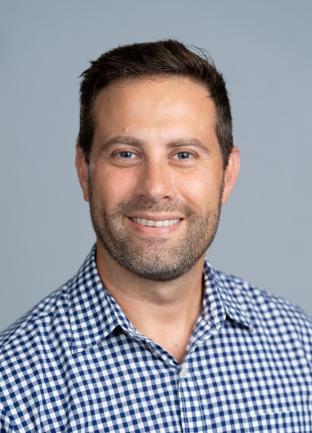Areas of Interest
A bacterial cell has long been thought of as a sack of protein soup—no organelles, no spatial organization. As a result, our ideas of how a cell can be organized have largely come from studying eukaryotic cells. Eukaryotes spatially organize their organelles and chromosomes using protein motors, like kinesin and dynein, that drive on highways made of actin filaments or microtubules. Cell-free reconstitution and imaging of self-organizing systems have fundamentally changed our understanding of how things get to where they need to go in the bacterial cell. We find that instead of driving on highways, bacterial components prefer another mode of travel. Surfing! We are excited to understand how both pathogenic and beneficial bacteria organize their cellular components using this surfing mechanism. For bacterial pathogens, understanding how to break the surfboard can help us design new antibiotics.

